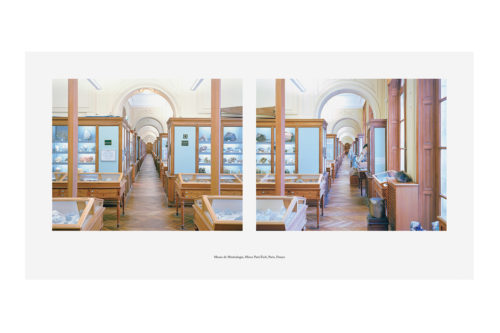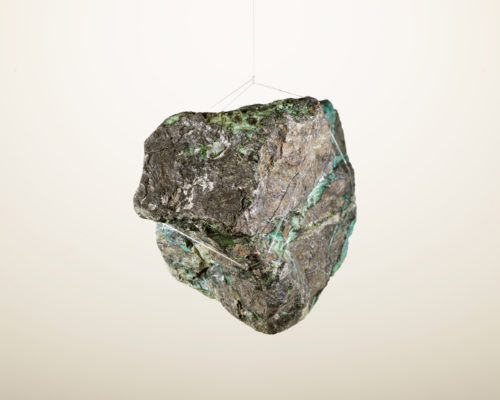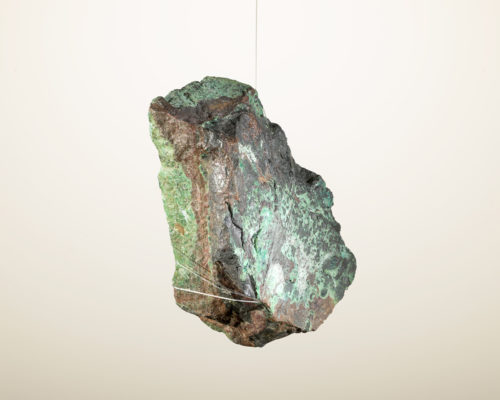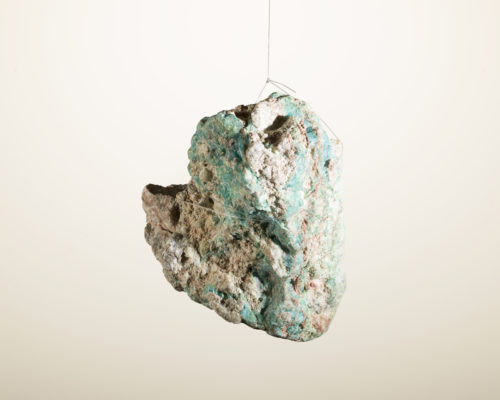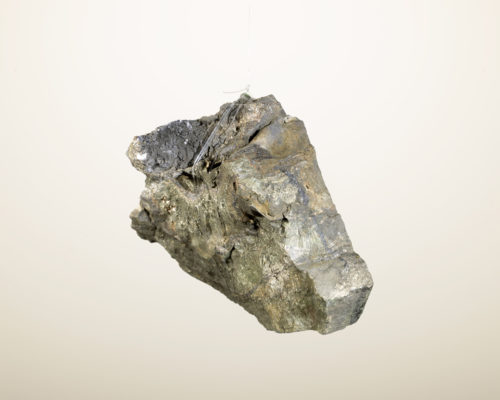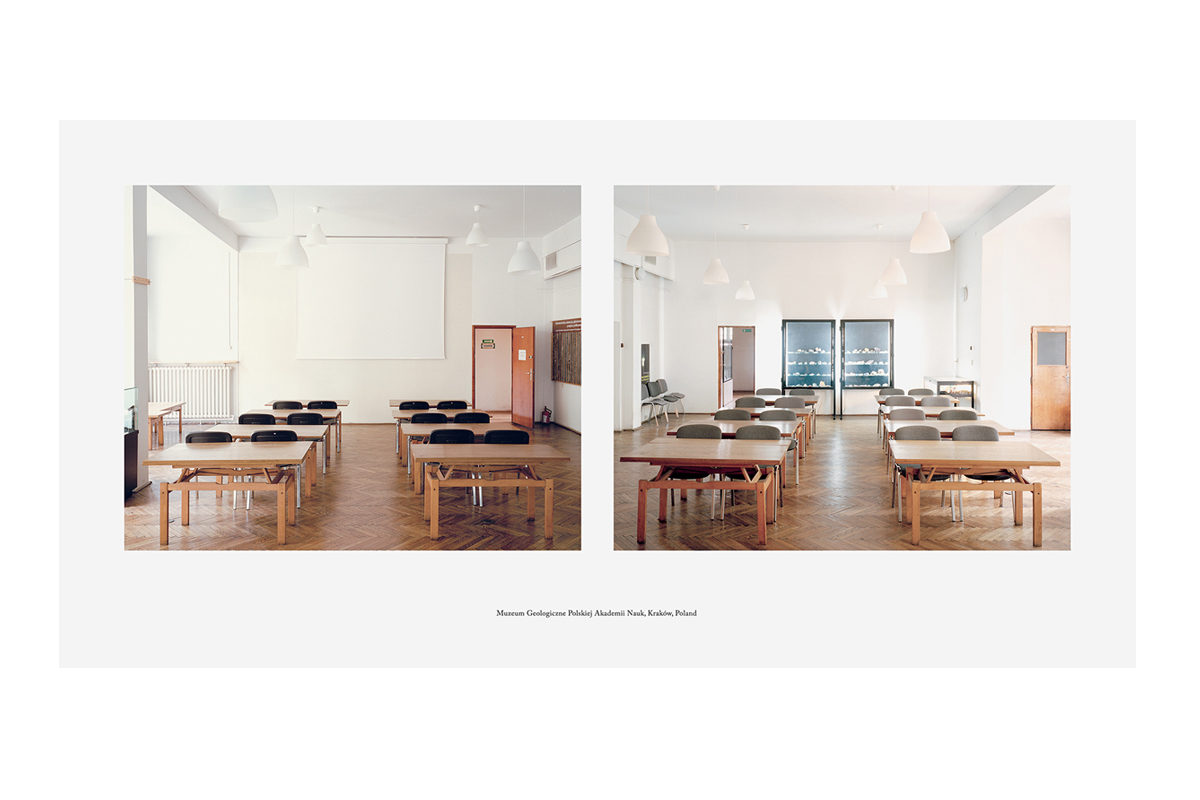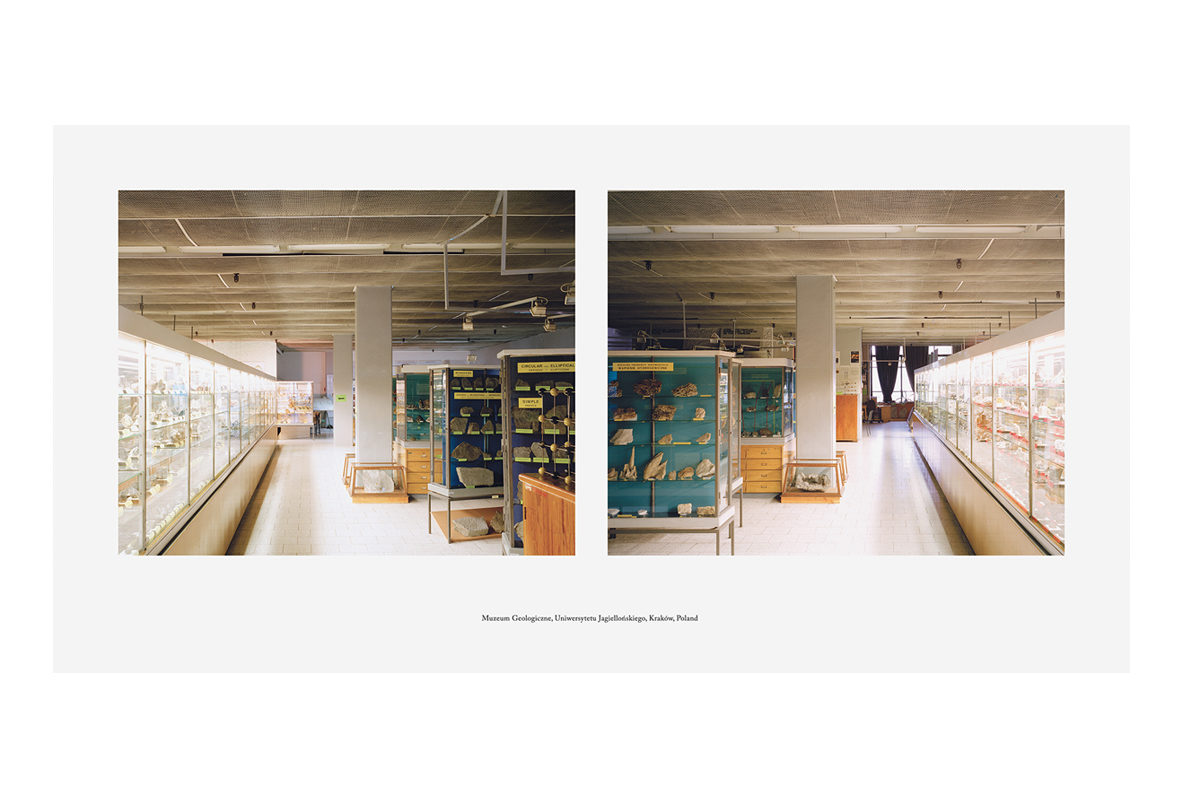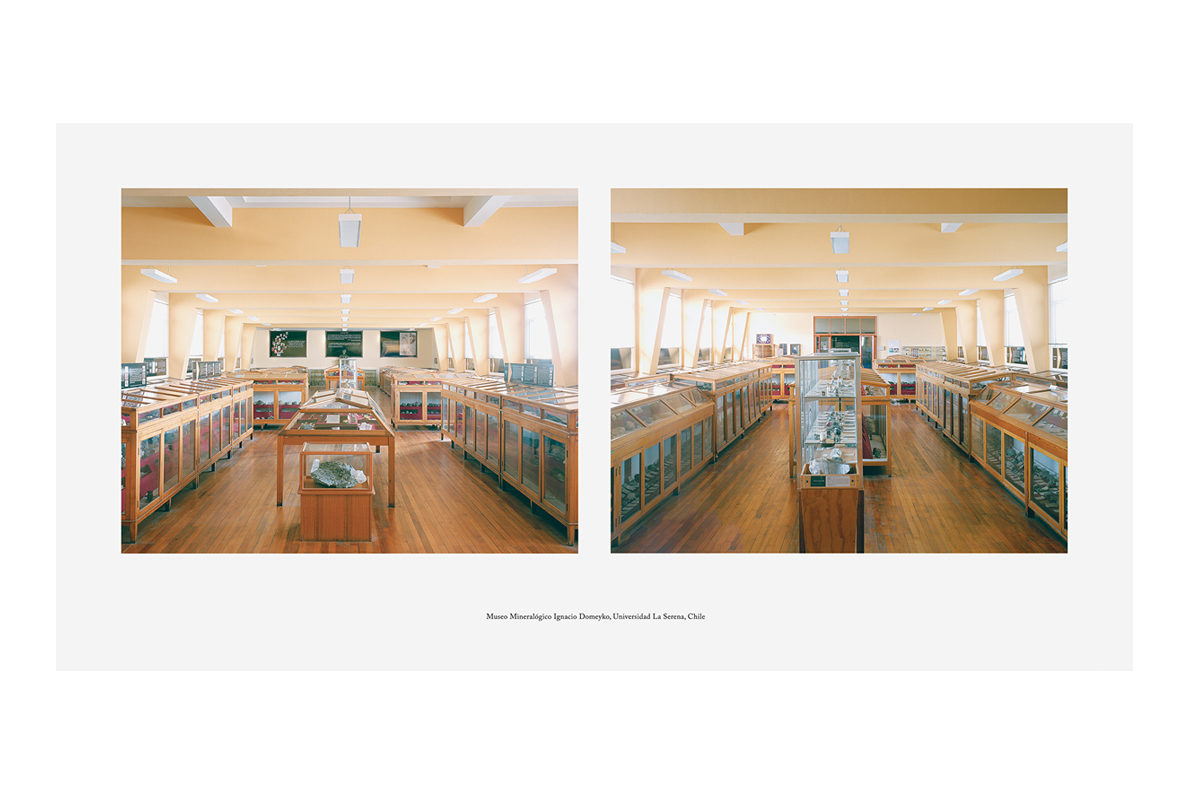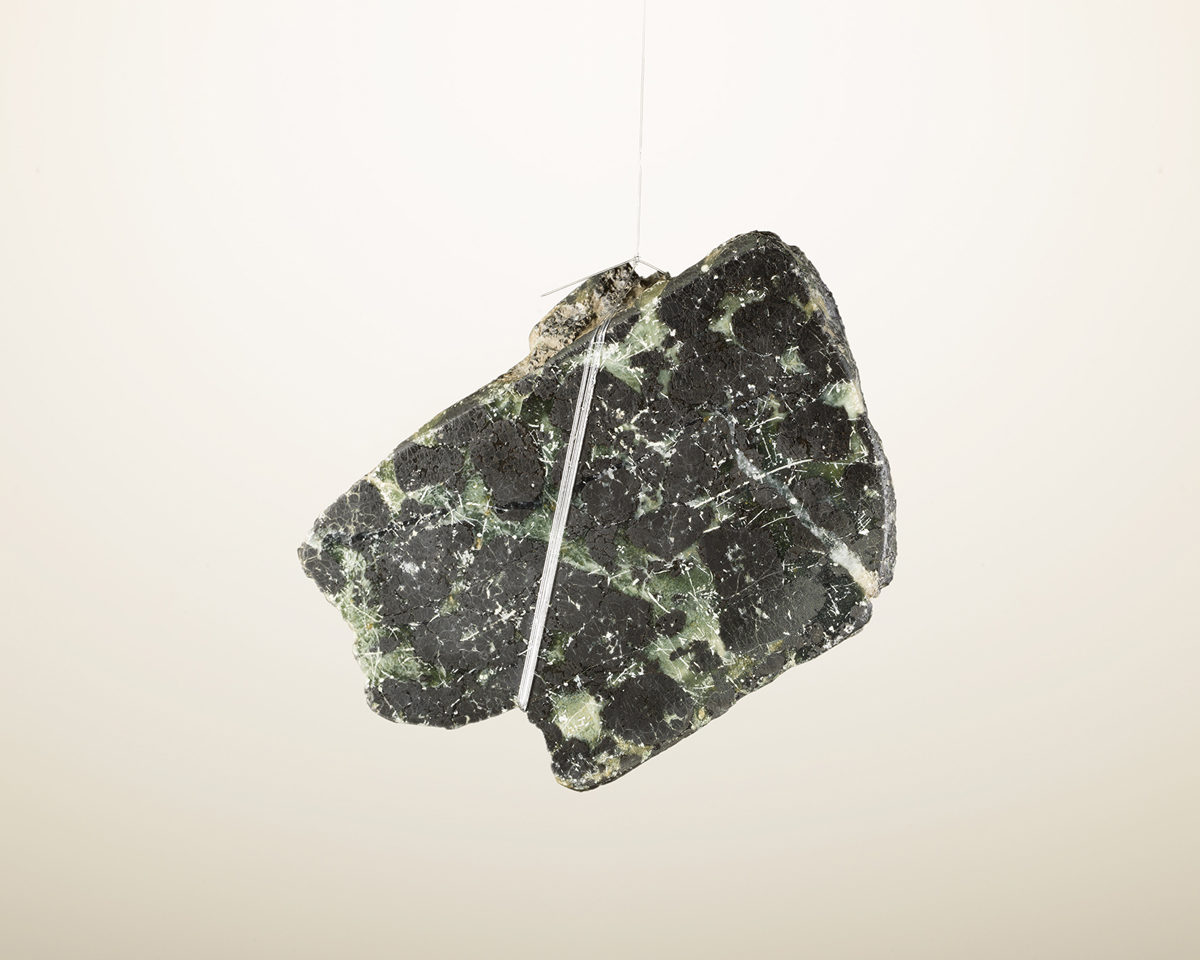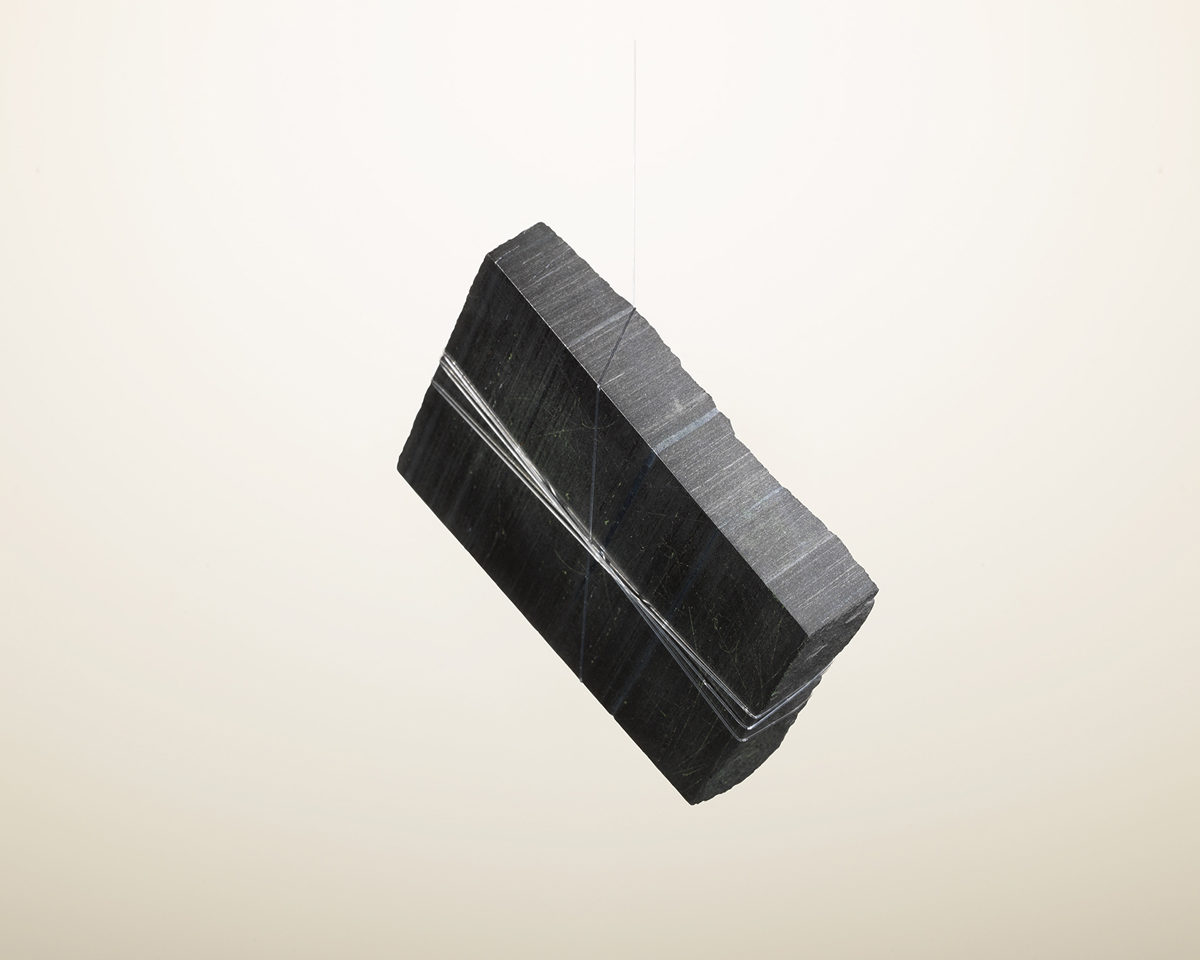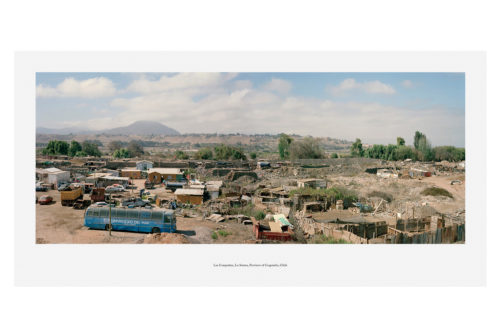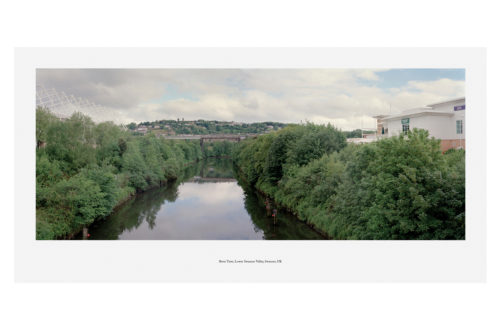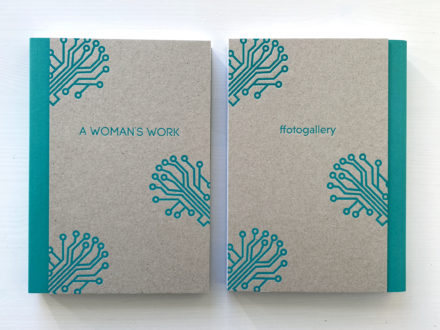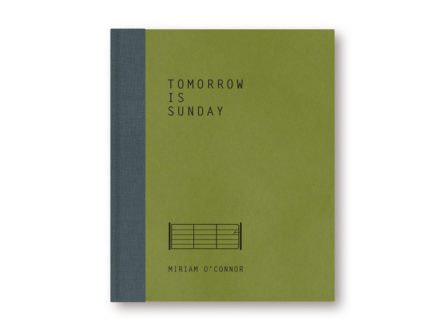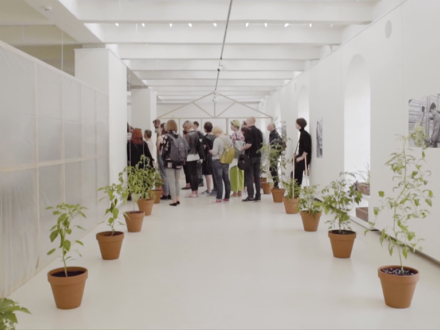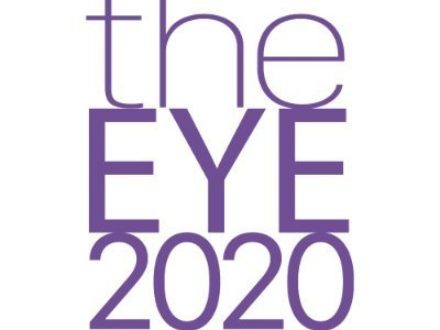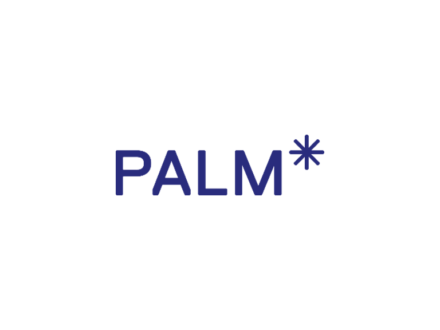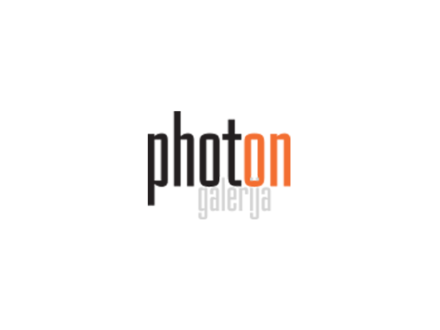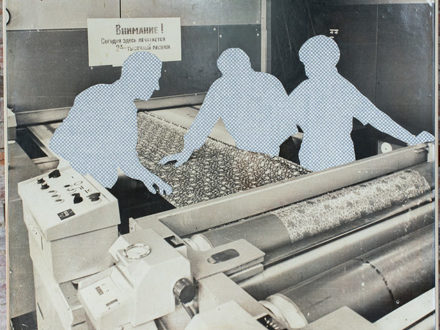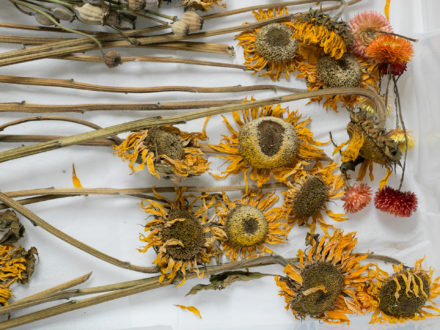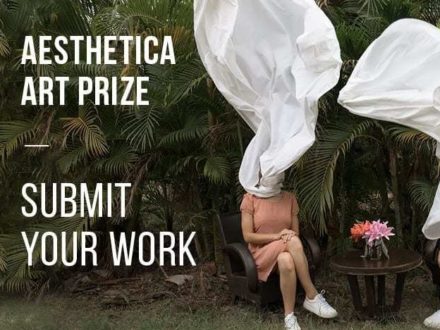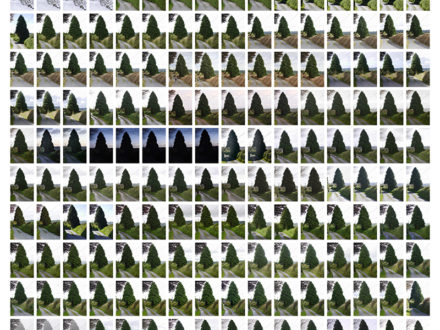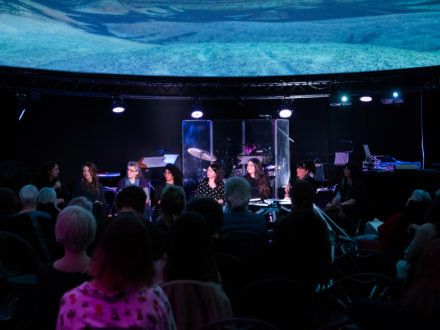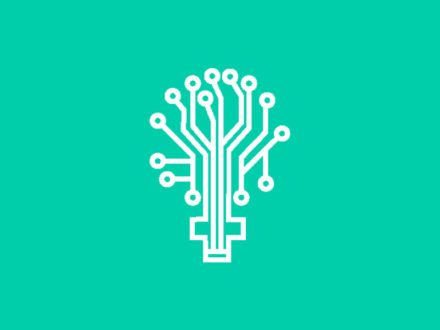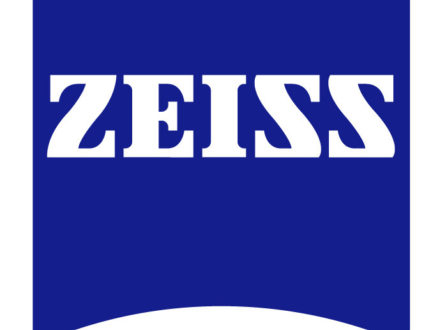Biography
Ignacio Acosta (b. 1976) is a Chilean born artist based in London working mainly with photography and moving image exploring geopolitical power dynamics around minerals, their geographies and historical narratives. His interconnected research projects involve extensive fieldwork, investigative analysis, visual documentation and critical writing on sites and materials of symbolic significance. He works with places made vulnerable through the exploitation of ecologies by colonial intervention and intensive capitalisation. Acosta focuses upon resistance to extractivist industrial impact on valuable natural environments and, through technologies of seeing, he develops work towards the generation of meaningful visual narratives.
His doctoral study Copper Geographies (2018) was published by Editorial RM. It was produced as part of Traces of Nitrate, a research project developed in collaboration with Art and Design historian Louise Purbrick and photographer Xavier Ribas, based at the University of Brighton and funded by the Arts and Humanities Research Council (AHRC). In 2017 he received a Project Realisation Award from the Hasselblad Foundation / Valand Academy, Sweden, as part of the project Drone Vision led by Dr. Sarah Tuck.
Portfolio
Drones and Drums (Litte ja Goabddá)
Litte ja Goabddá [Drones and Drums] examine the use of drone technologies in the protests by activists and Sámi people against the Gállak mining project in Jåhkåmåhkke [Jokkmokk], Norrbotten, Swedish Sábme.
The Gállak North iron ore deposit is the largest in Europe yet to be exploited. UK-based mining exploration company Beowulf Mining PLC, through its Swedish subsidiary Jokkmokk Iron Mines AB, has submitted an application for a twenty-five-year exploitation concession for the site. The Swedish Government is currently reviewing the application. A mining permit would have a massive impact on the fragile ecosystem and disrupt the reindeer migration paths; Sámi cultural life in the area would experience irreversible decline and with it the loss of valuable indigenous knowledge.
Drones have, for the most part, been associated with notions of vertical control, surveillance and warfare, and perceived as a technology that extends capitalist and military control. This project subverts such an account by exploring the use of drones as a counter-surveillance and resistance tool in the protests against the Gállak mining venture.
Commissioned as part of the Project Realisation Award as part of Drone Vision: Surveillance, Warfare, Protest, a research project based at the Hasselblad Foundation / Valand Academy, Gothenburg University led by Dr Sarah Tuck.
Portfolio
Mapping Domeyko
This project inspired by journeys of the Polish mineralogist, Ignacy Domeyko (1802-1889).
Ignacy Domeyko is famous for his achievements in mineralogy, education and respected for his modest
approach to life. He participated in educational projects that focused on the sustainable development of
people and industry and sought the inclusivity and protection of indigenous communities.
A
citizen of the world, Domeyko was born in Niedźwiadka Wielka in 1802 within the Russian partition of the
former Polish-Lithuanian Commonwealth and lived most of his life in his adopted Chile.
Using
as a starting point Domeyko’s memoirs My Travels (Diaries in Exile), the project maps out Domeyko’s global
movements, exploring his blurred national identity, between Chile, Lithuania and Poland. While living in
Chile, Domeyko had been sharing rare mineral speciments with European academies in France and Poland (1)
Musee de Minéralogie at Mines ParisTech, Paris; France (2) Museo Mineralógico Ignacio Domeyko, Universidad
de La Serena, Chile; (3) Muzeum Geologiczne Polskiej Akademii Nauk, Kraków; and (4) Muzeum Geologiczne
Uniwersytetu Jagiellońskiego, Kraków, Poland.
As part of the project, we are
facilitating a cultural exchange of ores specimens between two of these museums, Muzeum Geologiczne and
Museo Mineralógico Ignacio Domeyko.
An exhibition of this work is scheduled for 2017
at Laznia, Centre for Contemporary, Gdańsk, Poland.
Mapping Domeyko is a collaborative project between Ignacio Acosta & Jakub Bojczuk.
Portfolio
Coquimbo & Swansea
These two geographies, Coquimbo, Chile and Lower Swansea Valley, Wales are connected through
extraction and smelting processes that took place between 1840 and 1880. The project recalls the
Geographical and Geological Explorations, which, motivated by scientific, military and economic interests,
reconnoitred the Western territories of the U.S.A during the 19th century; at that time, the industrial
sites represented were in full production.
The project is conceived in terms of the
journey of the copper from initial extraction and smelting in Chile, over the Pacific and Atlantic Oceans,
towards the final smelting and manufacturing processes, in the once heavily industrialised River Tawe in the
Lower Swansea Valley.
These photographs bring together a series of ignored historical
relations that are obscured by new forms of territorial occupation, such as settlements, stadiums,
gentrified developments and shopping centres. While in Chilean the remote landscapes appear neglected as
lack of awareness of their historical significance, in the Lower Swansea Valley, traces of copper industry
have been almost completely erased as result of revolutionary conservation work carried from the 1960s to
the 1980s to reclaim the toxic land caused by the smelting industries.
An exhibition
of this work is scheduled for the Swansea Waterfront Museum in 2017.


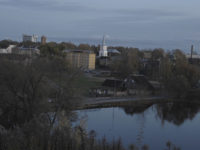


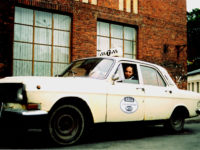
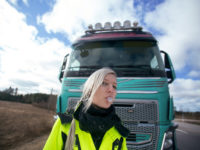



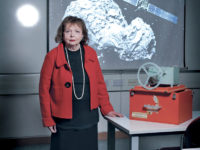





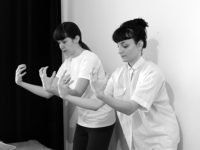

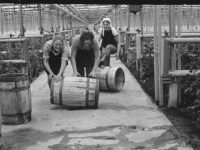

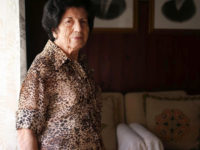
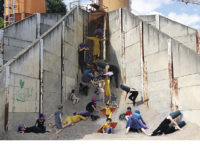

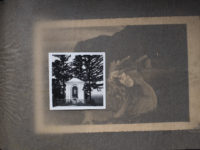

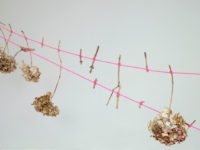

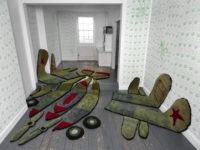
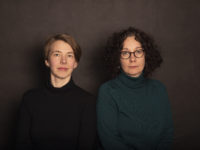
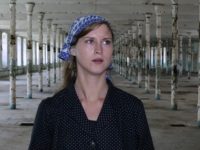
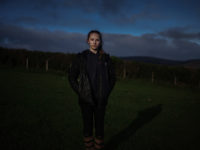
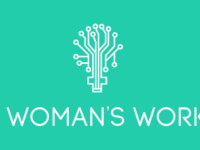

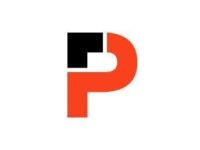



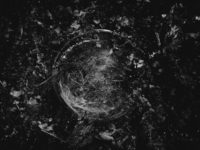
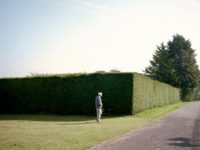


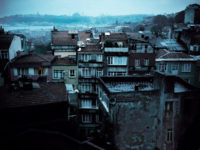
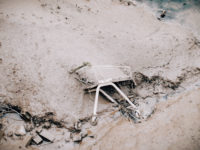

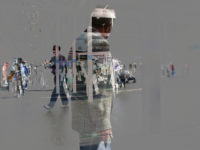

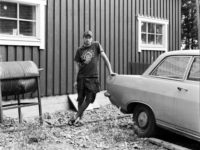
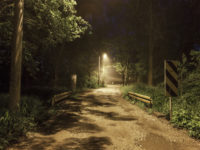


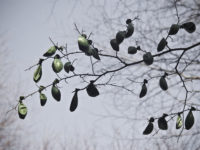


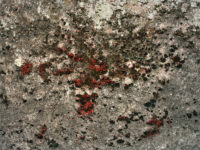
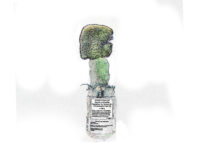
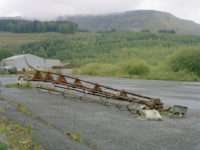


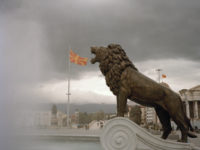

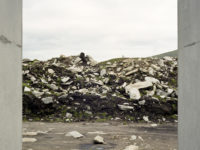

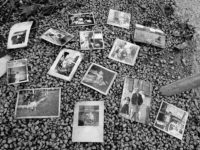



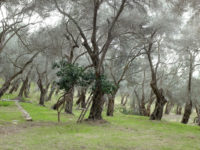
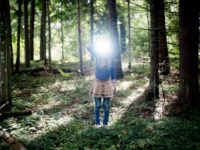

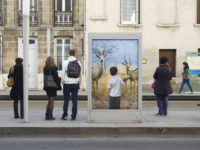




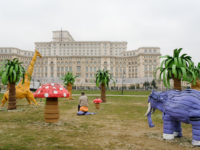





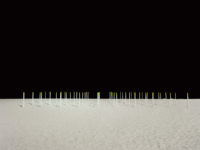
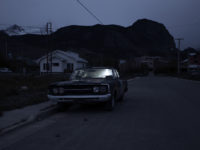


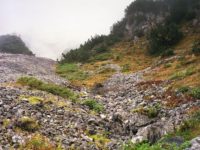
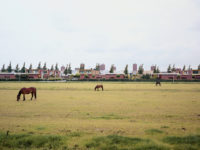
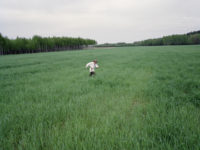
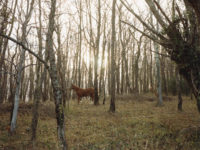


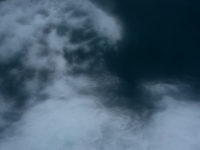

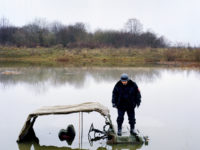

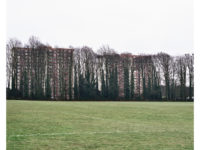



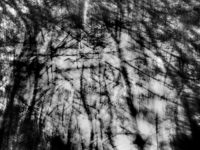
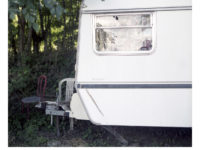

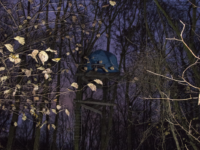
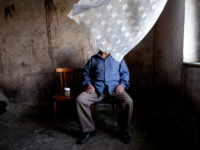
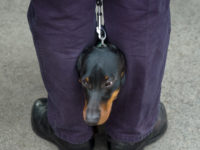

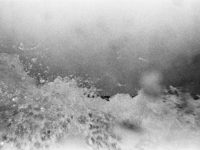

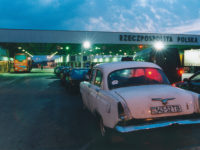
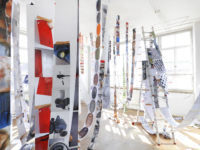

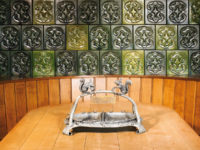

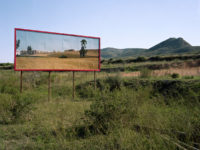



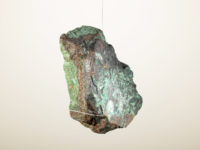
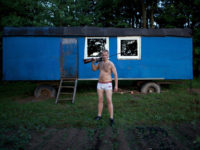



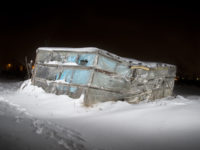

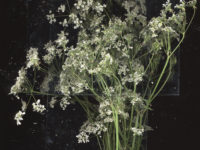
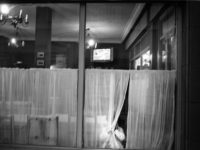
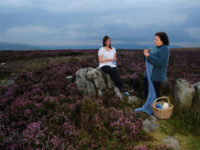
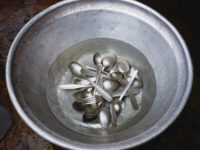
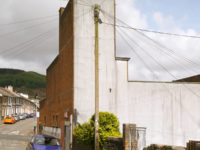


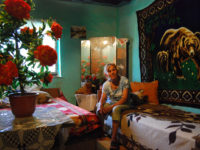
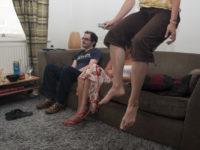
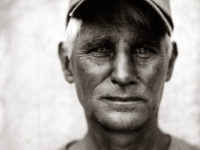
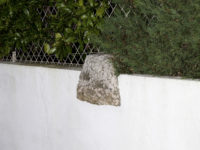
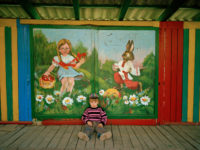
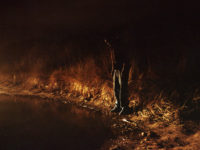

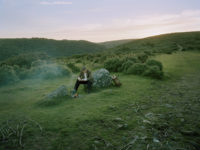
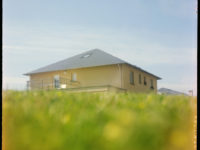

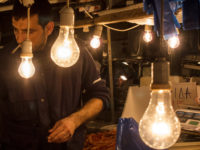








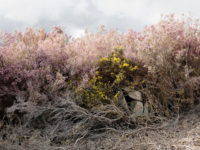

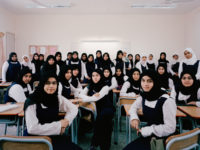




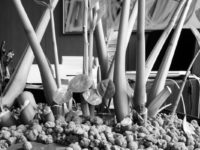



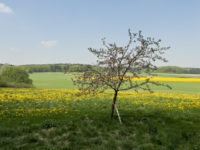
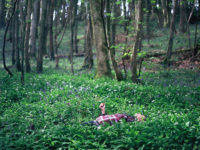
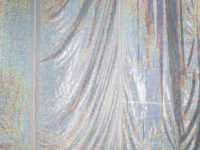
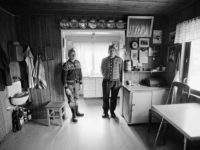
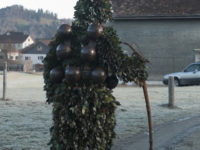
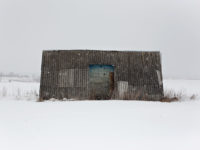

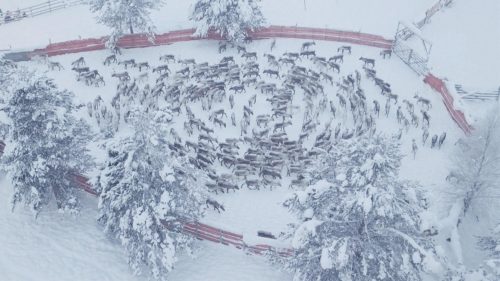
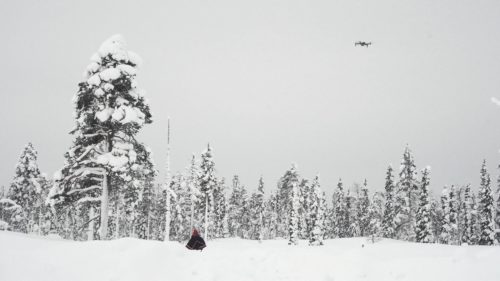

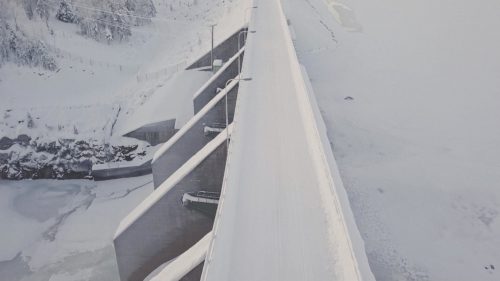
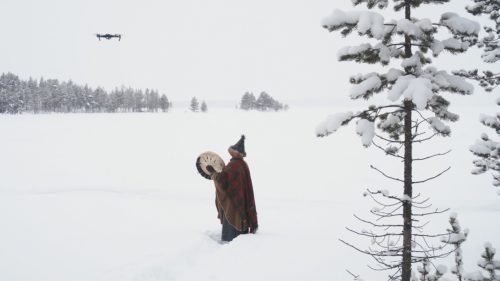
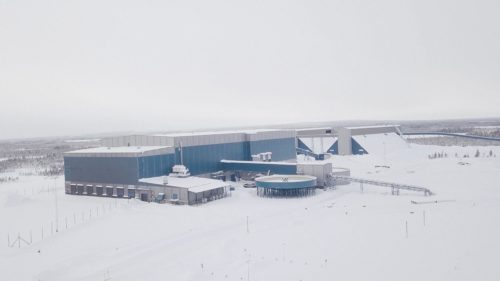
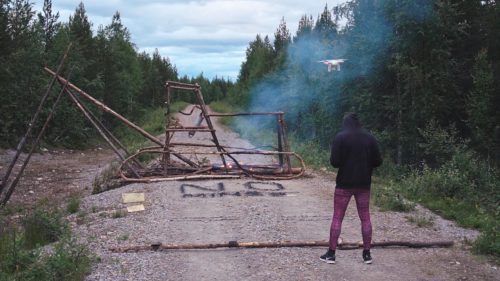
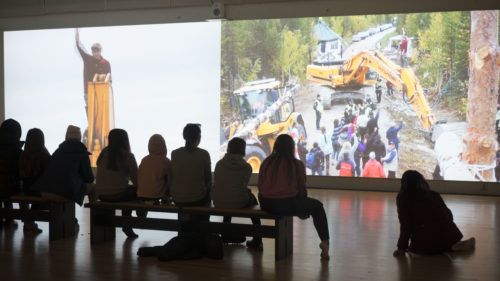
![Installation view Litte ja Goabddá [Drones and Drums], Ájtte Museum, Swedish Sábme, 2019](/assets/programme/litte-ja-goabddá-drones-and-drums/_portfolioGalleryThumb/IA_DD_AjtteMuseum_01.jpg)
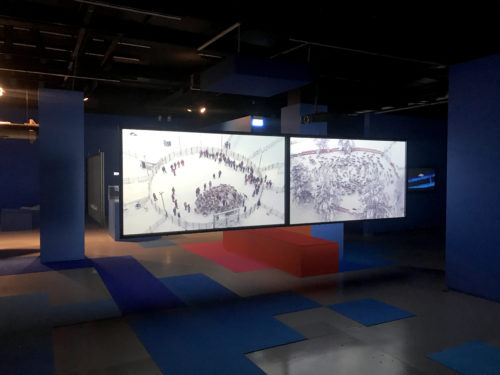
![Stills from Litte ja Goabddá [Drones y Tambores] Two-channel video installation, 18:18 min looped with immersive sound design. Jåhkåmåhkke [Jokkmokk], Norrbotten, Swedish Sábme, 2018](/assets/programme/litte-ja-goabddá-drones-and-drums/_portfolioGalleryThumb/IA_DD_Hasselblad_02.jpg)
![Installation view Litte ja Goabddá [Drones and Drums], Hasselblad Foundation, Sweden, 2018](/assets/programme/litte-ja-goabddá-drones-and-drums/_portfolioGalleryThumb/IA_DD_Hasselblad_01.jpg)








![Installation view Litte ja Goabddá [Drones and Drums], Ájtte Museum, Swedish Sábme, 2019](/assets/programme/litte-ja-goabddá-drones-and-drums/_portfolioGallery/IA_DD_AjtteMuseum_01.jpg)

![Stills from Litte ja Goabddá [Drones y Tambores] Two-channel video installation, 18:18 min looped with immersive sound design. Jåhkåmåhkke [Jokkmokk], Norrbotten, Swedish Sábme, 2018](/assets/programme/litte-ja-goabddá-drones-and-drums/_portfolioGallery/IA_DD_Hasselblad_02.jpg)
![Installation view Litte ja Goabddá [Drones and Drums], Hasselblad Foundation, Sweden, 2018](/assets/programme/litte-ja-goabddá-drones-and-drums/_portfolioGallery/IA_DD_Hasselblad_01.jpg)


